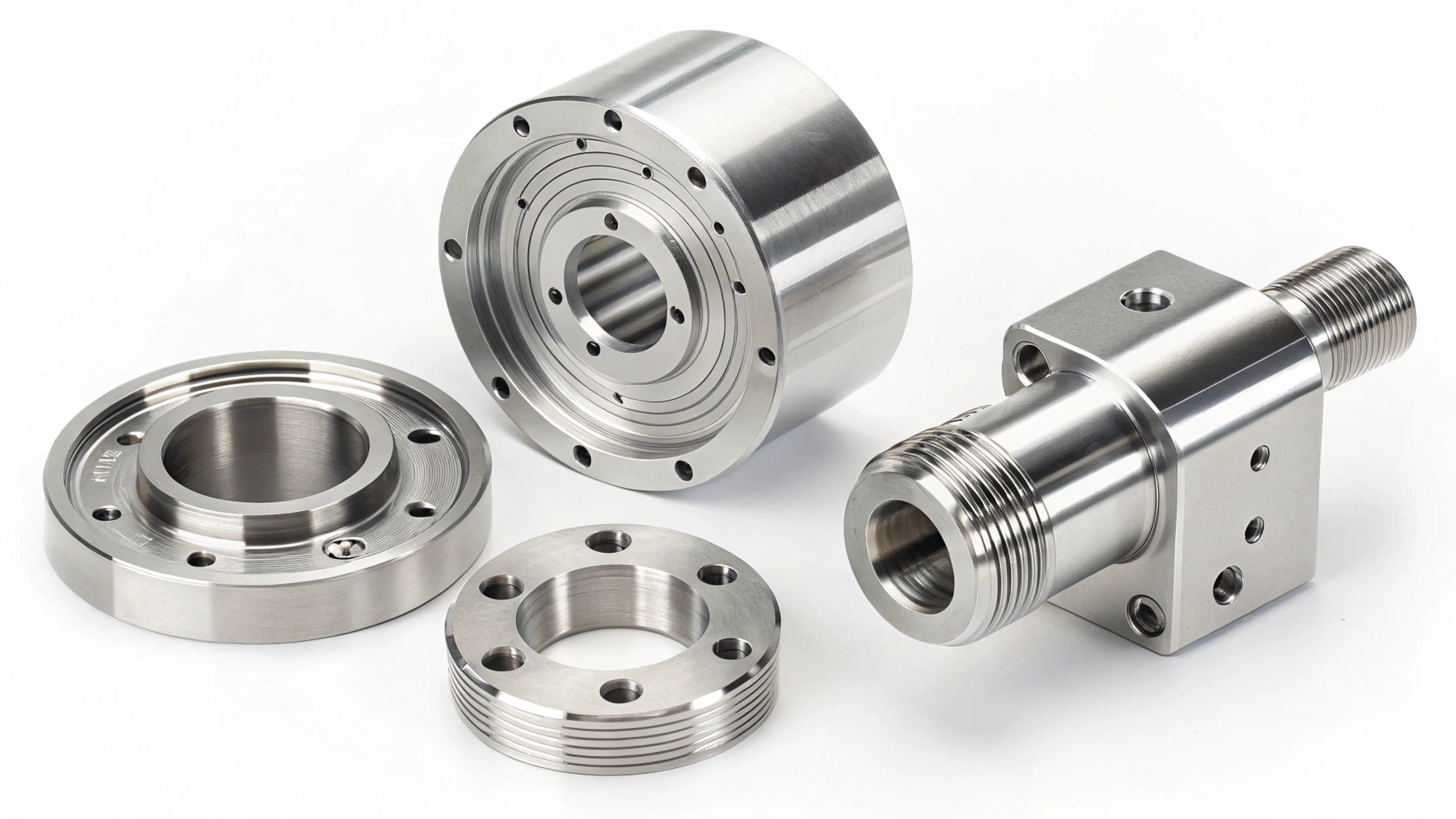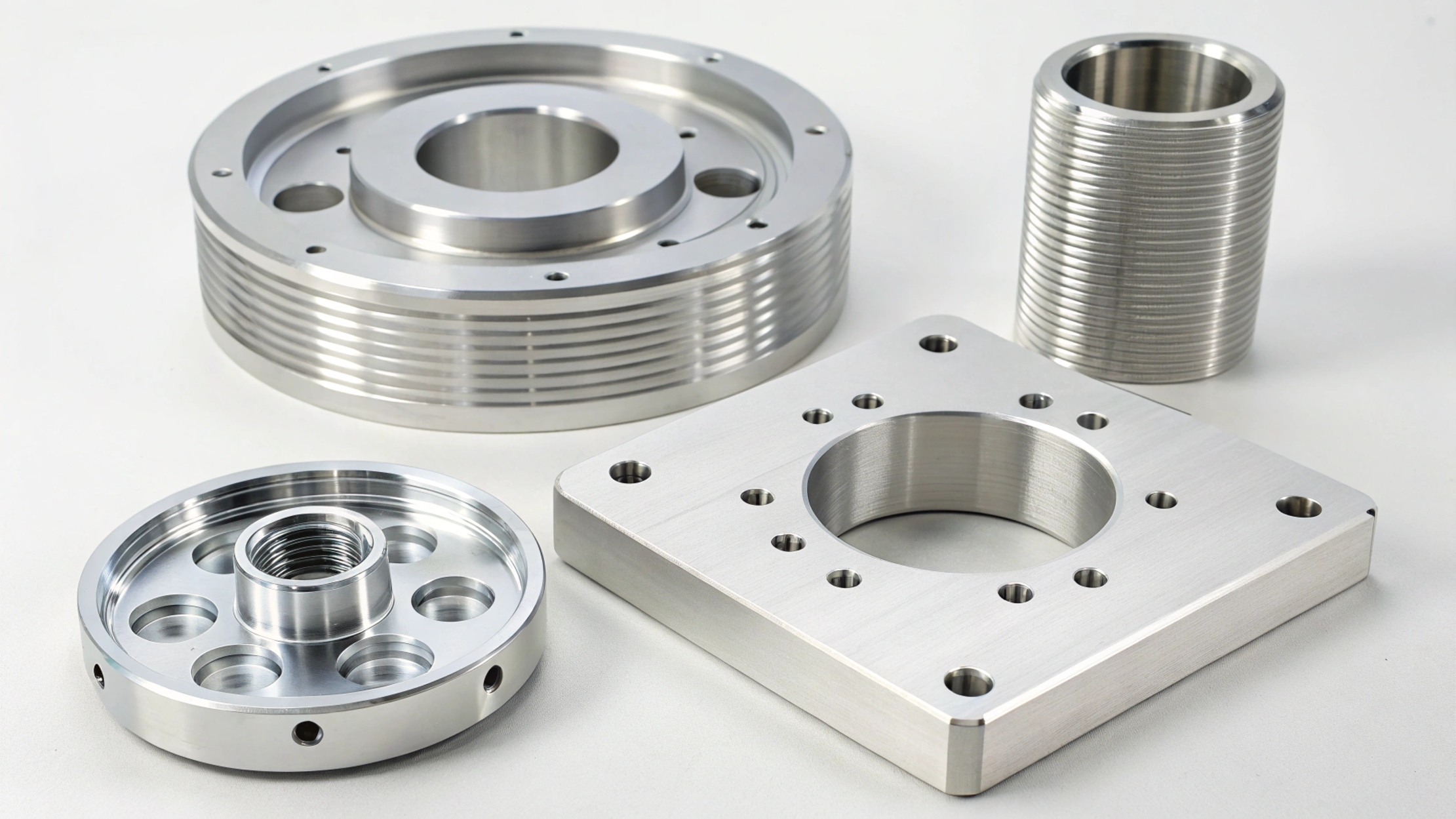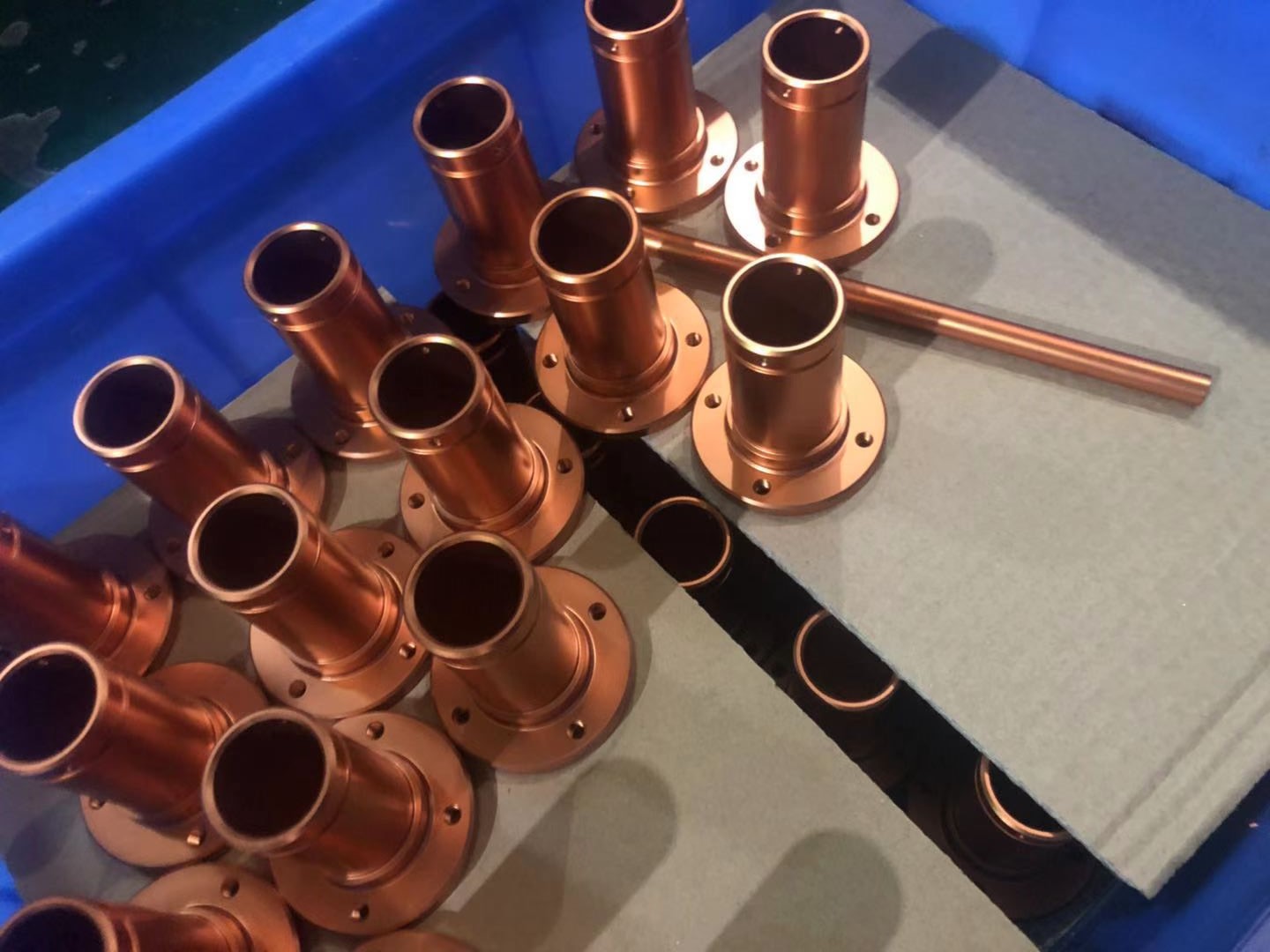
Corrosion ruins both the performance and appearance of metal parts.
Corrosion resistant metals protect against rust, oxidation, and chemical damage in harsh environments.
The right metal choice saves money and extends product life. Let's explore how to choose wisely.
What Are Corrosion Resistant Metals?
Some metals naturally withstand moisture, chemicals, and temperature better than others.
Corrosion resistant metals1 can maintain structural integrity in hostile environments over time.
Dive Deeper: Understanding Corrosion and Metal Behavior
Corrosion is a natural process that occurs when metals react with their surroundings, especially in the presence of moisture, oxygen, or acids. This can lead to rust, pitting, discoloration, or full material failure over time. Choosing a corrosion resistant metal helps prevent this degradation.
Types of Corrosion:
| Type | Description | Example Problem |
|---|---|---|
| Uniform Corrosion | Even material loss across a surface | Rusted steel beam |
| Galvanic Corrosion | Reaction between two dissimilar metals | Fasteners corroding on aluminum panels |
| Pitting | Small, localized holes or cavities | Deterioration in stainless tanks |
| Crevice Corrosion | Corrosion in gaps or joints | Pipe flanges in marine environments |
| Stress Cracking | Cracking caused by stress and corrosive agents | Broken welds on pressurized vessels |
Different metals react differently under each condition. Understanding the corrosion type helps guide the metal choice.
Factors to Consider When Choosing Corrosion Resistant Metals?
Not all projects need the same level of corrosion resistance.
Consider the environment, application, mechanical needs, and cost when selecting a corrosion resistant metal.

Dive Deeper: Matching Materials to Conditions
Selecting the best material means looking beyond corrosion resistance alone.
Key Factors:
| Factor | Explanation |
|---|---|
| Environmental Exposure | Is the metal exposed to saltwater, acids, or outdoor humidity? |
| Temperature Range | Some metals weaken or react differently at high or low temperatures |
| Mechanical Requirements | Strength, ductility, hardness, and fatigue resistance |
| Fabrication Compatibility | Can the metal be machined, welded, or formed easily? |
| Cost | High-end alloys may offer protection but increase overall cost |
For instance, in coastal areas, marine-grade stainless steel2 (like 316) performs better than regular steel or aluminum. In highly acidic conditions, titanium or Hastelloy3 might be more suitable.
The environment always comes first in the decision-making process.
Common Corrosion Resistant Metals
There are many metal choices, each with strengths in specific situations.
Popular corrosion resistant metals include stainless steel, aluminum, copper alloys, titanium, and nickel-based alloys.

Dive Deeper: Comparing the Top Choices
Here's a breakdown of the most widely used corrosion-resistant metals and their core features:
Comparison Table:
| Metal | Corrosion Resistance | Strength | Cost | Ideal Applications |
|---|---|---|---|---|
| Stainless Steel 316 | Excellent (chloride environments) | High | Medium | Food processing, marine, medical |
| Aluminum | Good (when anodized) | Medium | Low | Packaging, aircraft, automotive |
| Copper Alloys | Good (natural patina) | Medium | High | Roofing, plumbing, architecture |
| Titanium | Excellent (acidic, marine) | Very High | Very High | Aerospace, chemical processing |
| Inconel/Nickel Alloys | Excellent (high-temp + corrosive) | Very High | Very High | Jet engines, reactors, extreme heat |
Each metal has unique benefits. Aluminum resists oxidation due to its passive oxide layer. Stainless steels form a protective chromium oxide film. Copper alloys darken over time but resist pitting. Titanium offers excellent resistance in harsh chemical or saltwater conditions.
The ideal metal depends on the exact type of corrosion you're trying to avoid.
Typical Ways to Improve the Corrosion Resistance of Metals
Not every part needs to be made from expensive alloys.
Plating, coating, and surface treatment techniques4 can extend the life of ordinary metals.

Dive Deeper: Surface Protection Strategies
Sometimes, using a cheaper base metal and protecting it is more cost-effective than using a corrosion-resistant alloy.
Common Techniques:
| Technique | How It Works | Suitable For |
|---|---|---|
| Anodizing5 | Electrochemical process forming oxide layer | Aluminum parts |
| Galvanizing6 | Zinc coating applied to steel | Outdoor structural steel |
| Powder Coating | Durable painted finish | Machinery housings, frames |
| Electroplating | Thin metal layer (nickel, chrome) added | Decorative hardware, tools |
| Passivation | Acid bath to enhance natural oxide layer | Stainless steel fittings |
| Nitriding/Carburizing | Heat treatments that harden surfaces | Automotive and gear parts |
Surface treatments are especially helpful in parts exposed to only occasional or moderate moisture. However, they may not work as well for long-term exposure to aggressive chemicals or saltwater.
Always consider the wear-and-tear factor. Once the protective layer wears off, corrosion can begin quickly if the base metal is vulnerable.
Conclusion
Choosing corrosion resistant metals depends on your environment, application, and budget. By understanding material behavior and available treatments, you can build durable parts that last longer and require less maintenance.
-
Explore this link to learn about various corrosion resistant metals and their specific applications in different industries. ↩
-
Learn why marine-grade stainless steel is essential for coastal applications and how it outperforms other metals in saltwater environments. ↩
-
Discover the unique benefits of titanium and Hastelloy in corrosive environments, making them ideal for specific industrial applications. ↩
-
Explore this resource to learn about effective methods that can significantly enhance the lifespan of metals against corrosion. ↩
-
Discover the benefits of anodizing for aluminum parts and how it can extend their durability and performance. ↩
-
Learn about galvanizing, a crucial technique for protecting outdoor structural steel from rust and corrosion. ↩

